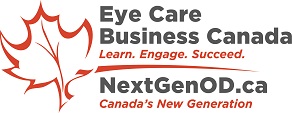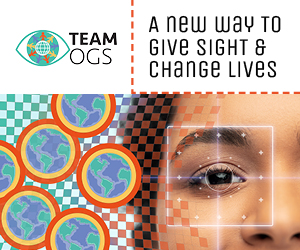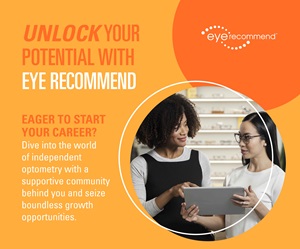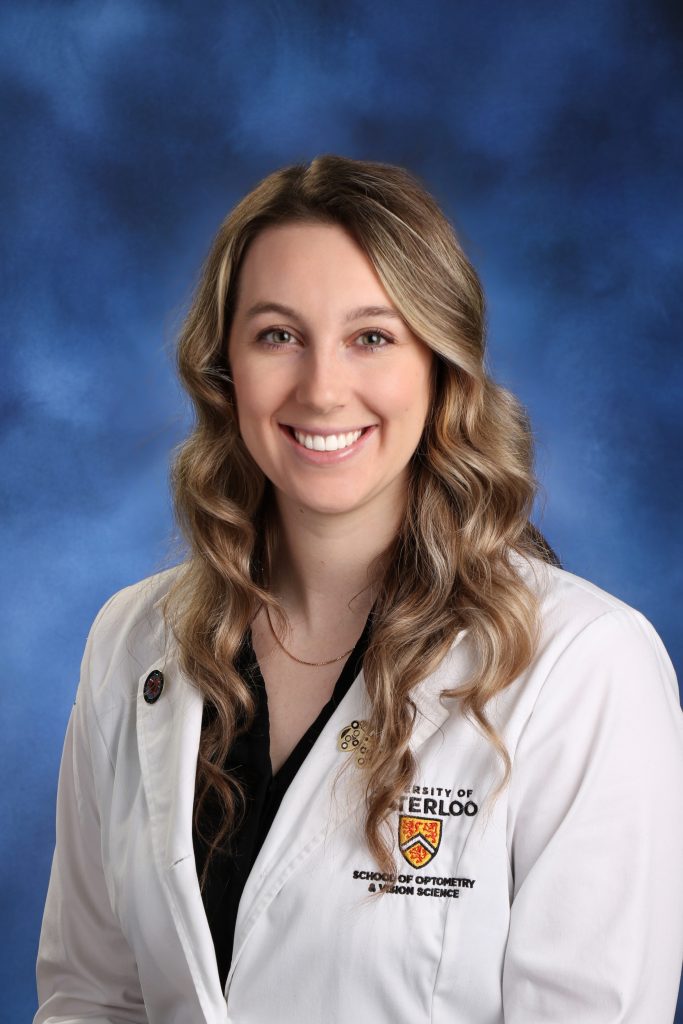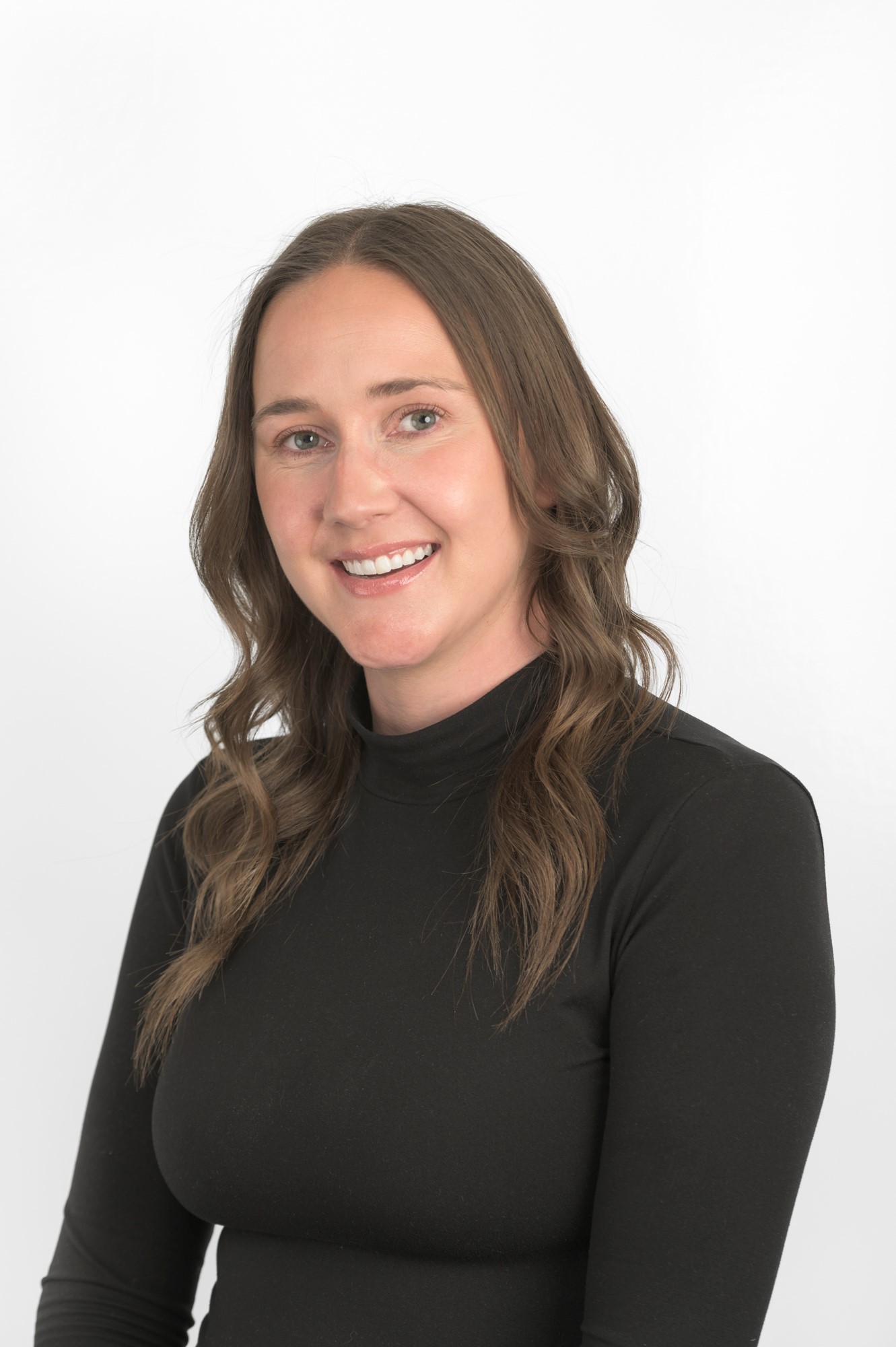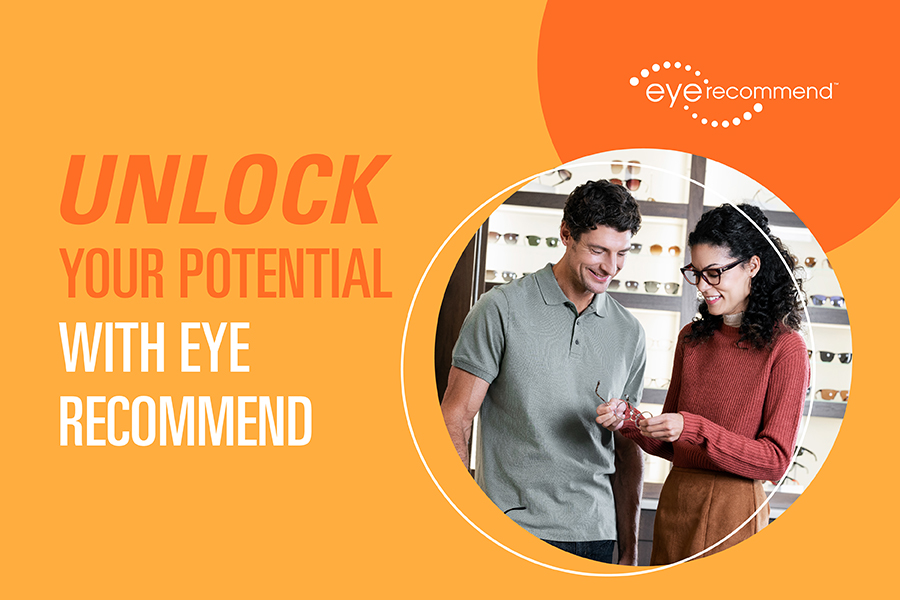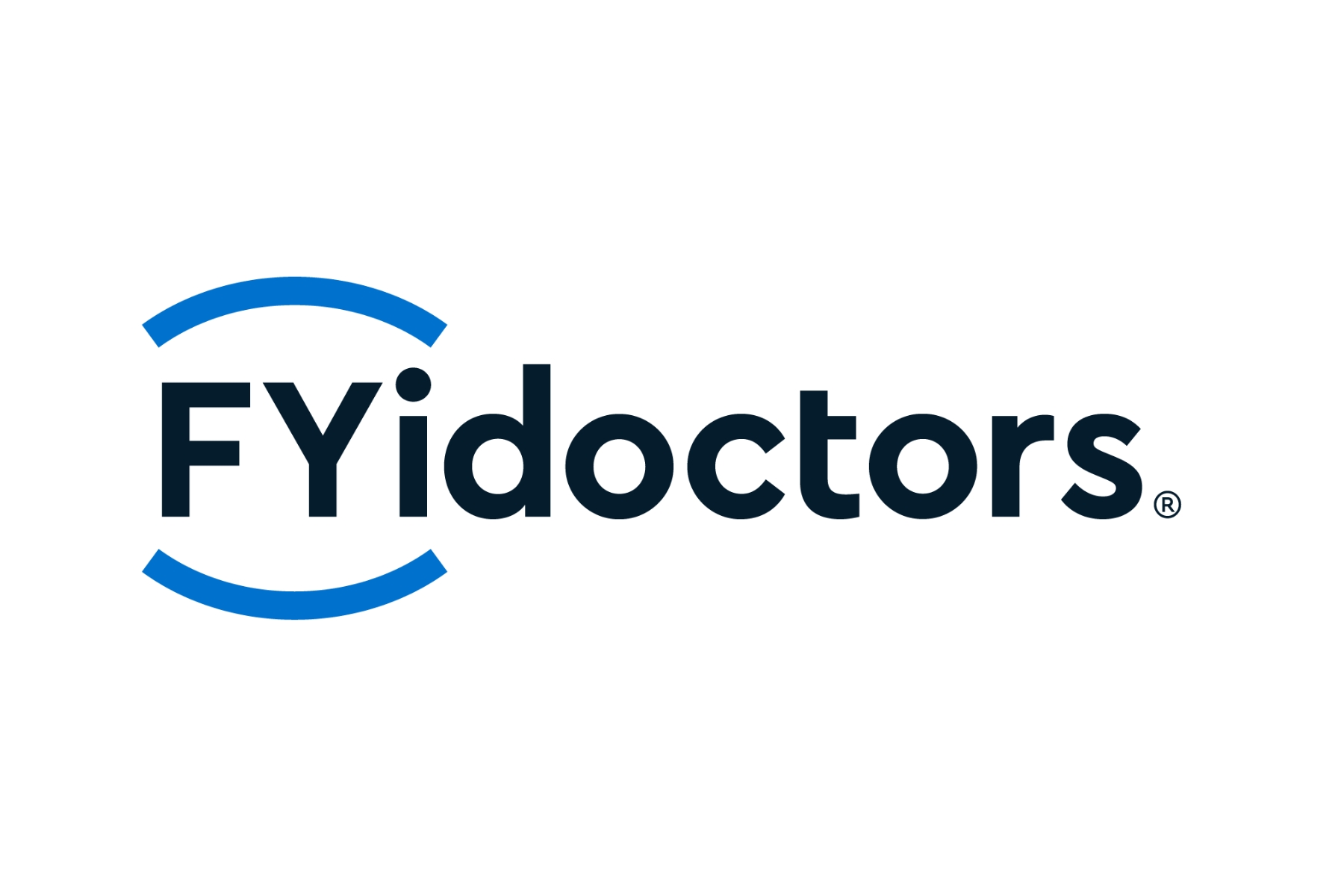
FYihealth group makes two new additions to its senior leadership team: Jim Black as Senior Vice President of Information Technology, and Damian Zapisocky as Chief Financial Officer.
With eye health and enhancing the lives of each patient at the forefront of FYihealth group’s values, Dr. Alan Ulsifer, CEO and Chair of FYihealth group describes 2024 as a time for “growth and further establishing our position in the eye care industry.”

Black is a senior technology and digital business executive with over 20 years of experience at the leadership level. Black has a Bachelor of Science from the University of Alberta and an MBA from the Ivey Business School at Western University. Working in three different industries at the Chief Information Officer level, Black is also recognized as a strategic partner to the CEO, Executive Team, and Board of Directors in translating business needs into process and technology solutions that move businesses forward during times of rapid technological change.
“I’ve been nothing but impressed with the quality and authenticity of the people that work here and am very confident in the future trajectory of this organization,” shares Black. “The culture is what most attracted me.”
Jim Black, Senior Vice President of Information Technology
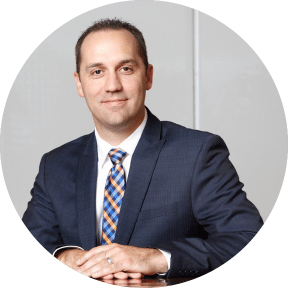
Zapisocky has experience in CEO, COO, and CFO roles previously, where he developed his skill sets in financial management, strategy, acquisitions, governance, budgeting, forecasting, and treasury. Damian has a Bachelor of Commerce and a MBA from the University of Alberta, is designated as a Chartered Accountant, as well as is designated as a Certified Internal Auditor, has received the ICD.D designation from the Institute of Corporate Directors, and awarded the honour of Fellowship by CPA Alberta in 2024.
“What got me hooked on joining the team was the amazing people I met through the hiring process. FYi has had tremendous growth in the past few years, and I am thrilled that I can be part of its next stages as the company continues to expand.”
Damian Zapisocky, Chief Financial Officer
“I am pleased to have Jim and Damian join our organization. Culture is everything for us and it was important to find exceptional individuals who fit our servant-leadership model. Both check these boxes for our organization, and they bring years of valuable skills and experience to the team.”
Dr. Alan Ulsifer, CEO and Chair of FYihealth group
FYihealth group was named one of Canada’s Top Growing Companies in 2022 and 2023 by Globe and Mail’s Report on Business. The addition of Black and Zapisocky is part of the organization’s strategy to continue its growth in 2024, with plans to continue its expansion to provide eye care access to more Canadians.
This is a sponsored post.
